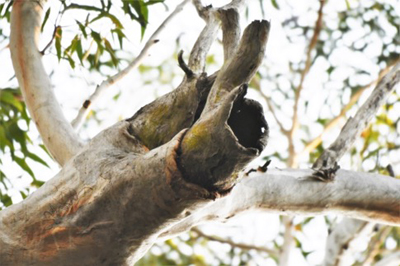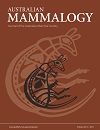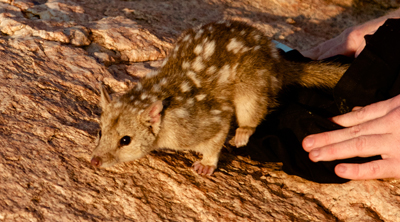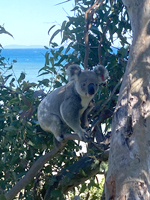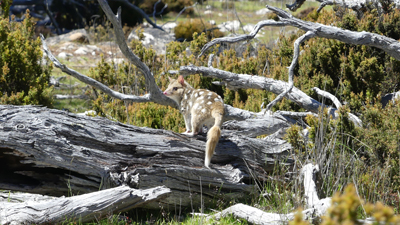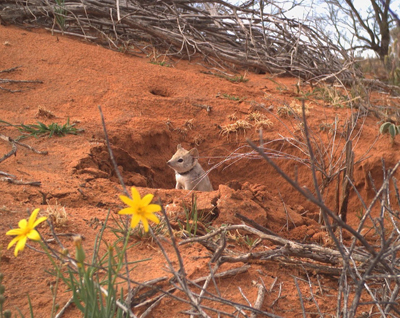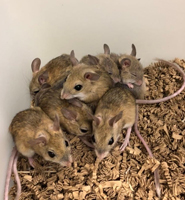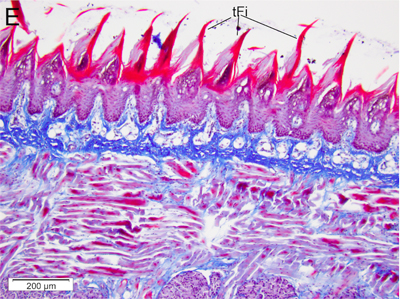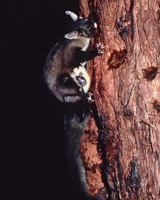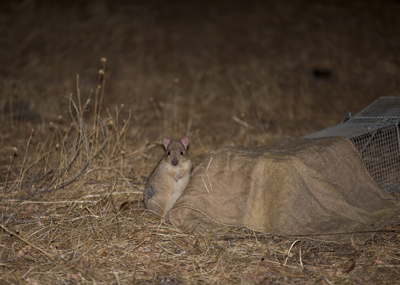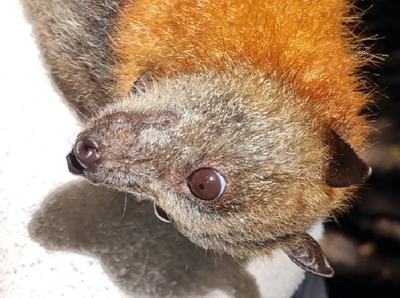Population trajectories of regional koala populations in Queensland are rarely documented and hence poorly understood. We studied the koala population of the Clarke Connors Range in central Queensland and contrast elements of their distribution, health and genetics with information from two other study sites in Queensland. Koalas were found across the range, were mostly located in E. drepanophylla or E. tereticornis and had wide variability in movement patterns. Some 40% of females carried young in Spring and very few individuals returned PCR positive chlamydial swabs, commensurate with a low rate of observable disease signs. We present genotypes from the Clarke Connors Range, St Bees Island and The Brisbane valley for further analysis.
